Classic Convertible Muscle Cars: The Rare Gems of 1966–1969
Muscle cars from the ’60s are cool and somewhat rare to begin with. Here’s a look at five fantastic American muscle cars that came with the top down and made some noise along the way.
1966 Plymouth Belvedere II 426 “Street” Hemi.
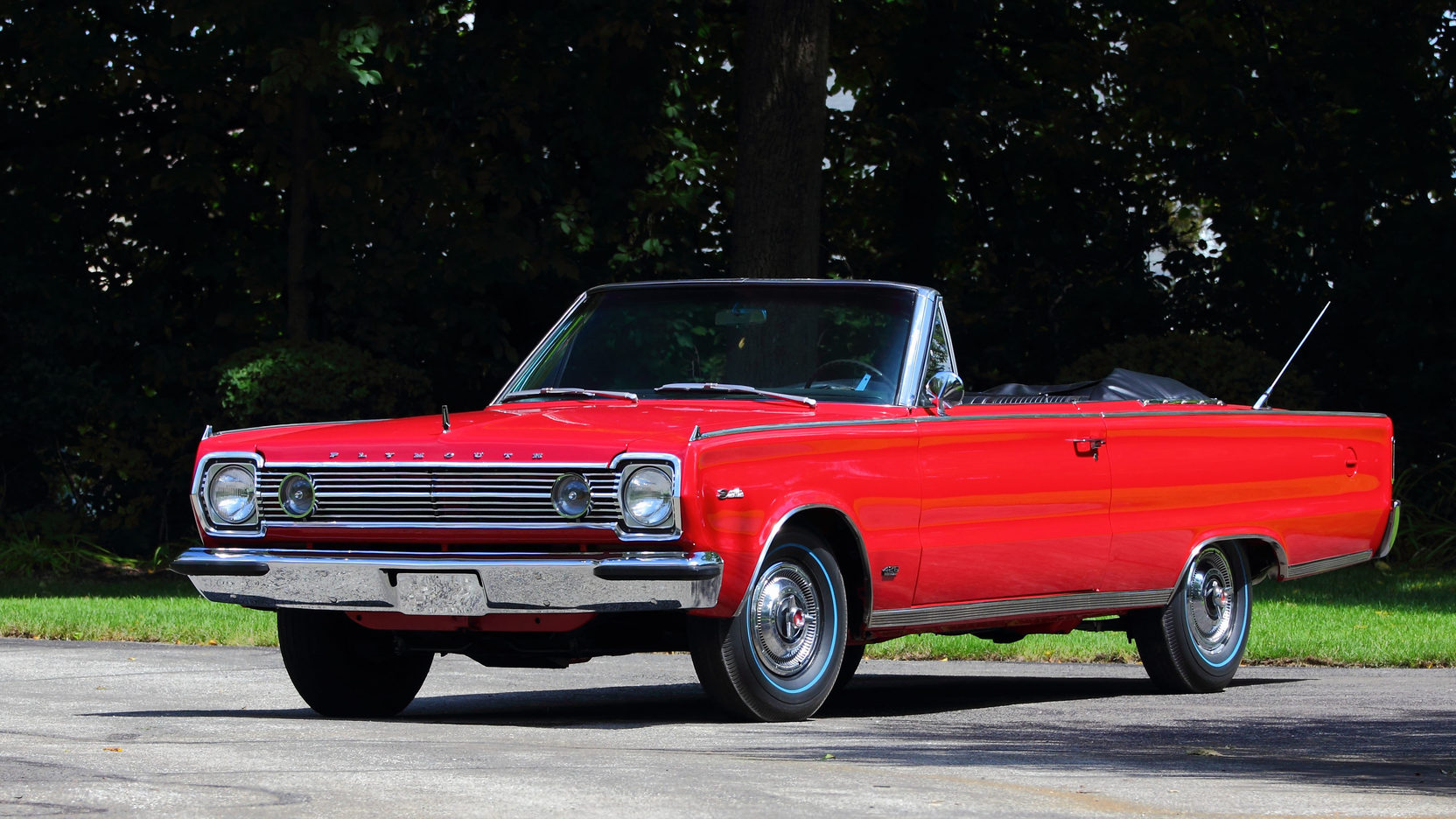
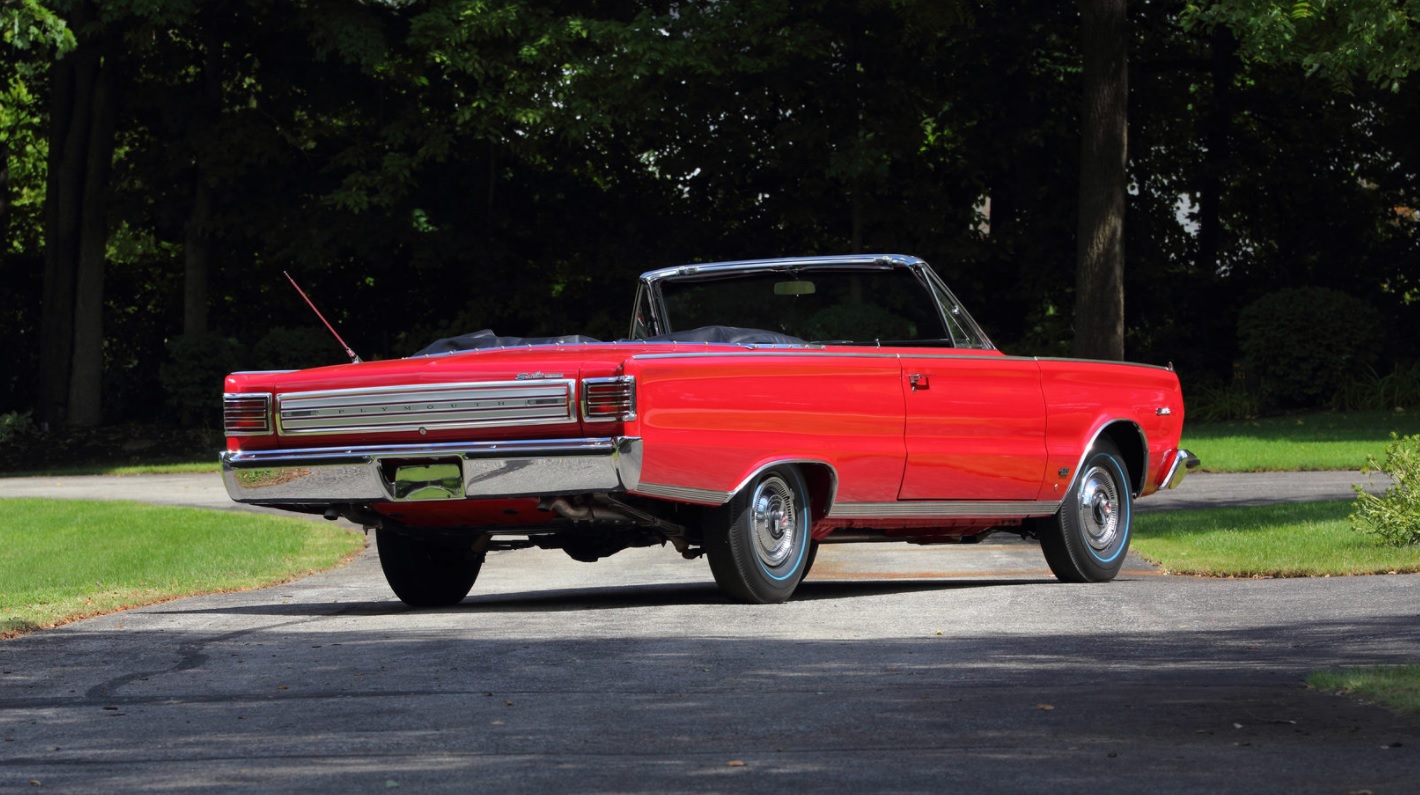

Around that time, NASCAR® came up with a ruling that any engine on a NASCAR track had to be available to any consumer who happened to walk into any showroom—otherwise, it wouldn’t be considered “legal” for their races. The edict caused some manufacturers to miss a step…but it propelled Chrysler into pushing the 426 Hemi® into production for the ordinary guy. Chrysler reported the engine output was 425 horsepower at 5000 rpm, with 490 pound-feet of torque at 4400 rpm. One internal memo from the time described the Street Hemi as having “two four-barrel carburetors, cast-iron exhaust manifolds, an intake manifold…that ensured drivability….”
A guy named Tom Hoover (Chrysler’s racing group director) told a few people unofficially that “most of the street Hemis would make 500 or better.” But, he had to downplay it somewhat to keep NASCAR from snooping. In 1966, Plymouth sold their full-size Furys and Belvederes and offered the 426 Hemi as an option. This was a straightforward muscle car, no fancy fins, not many creature comforts. A TorqueFlite® automatic was an option, but there was no air conditioning and not even a limited warranty. There wasn’t much style either, for that matter—just performance and power and sleek lines. It was one of the highest-performance V8s ever offered in a factory stock car. There were only six semiautomatic convertibles made. Sales expectations were higher, but because the 426 Hemi option was $1,100 more than the standard engine, only 2,731 were actually installed under the hood in production.
The total price in 1966 for a new Plymouth Belvedere II 426 Street Hemi was close to $4,000.
1967 Dodge Coronet R/T 440 Magnum.

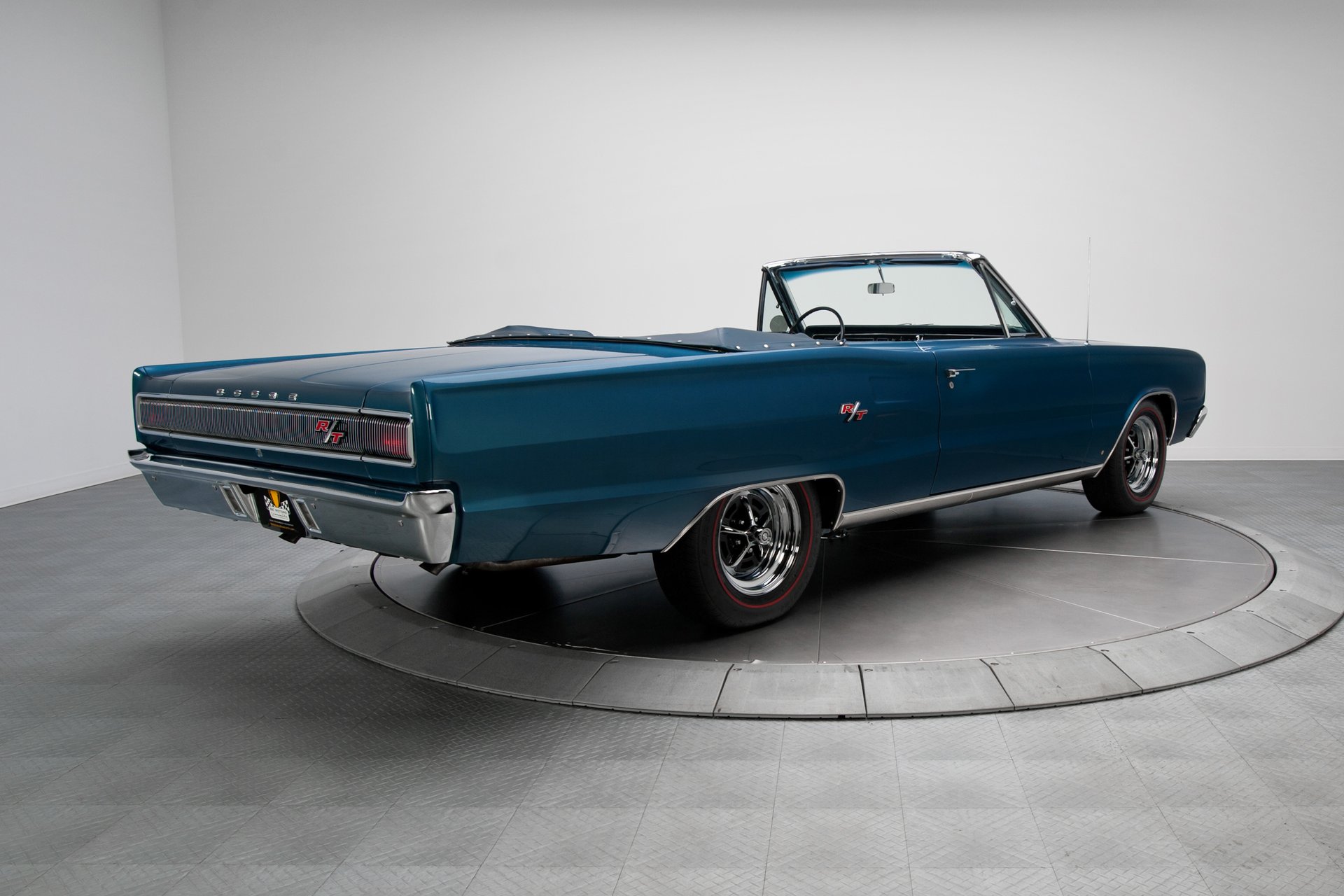
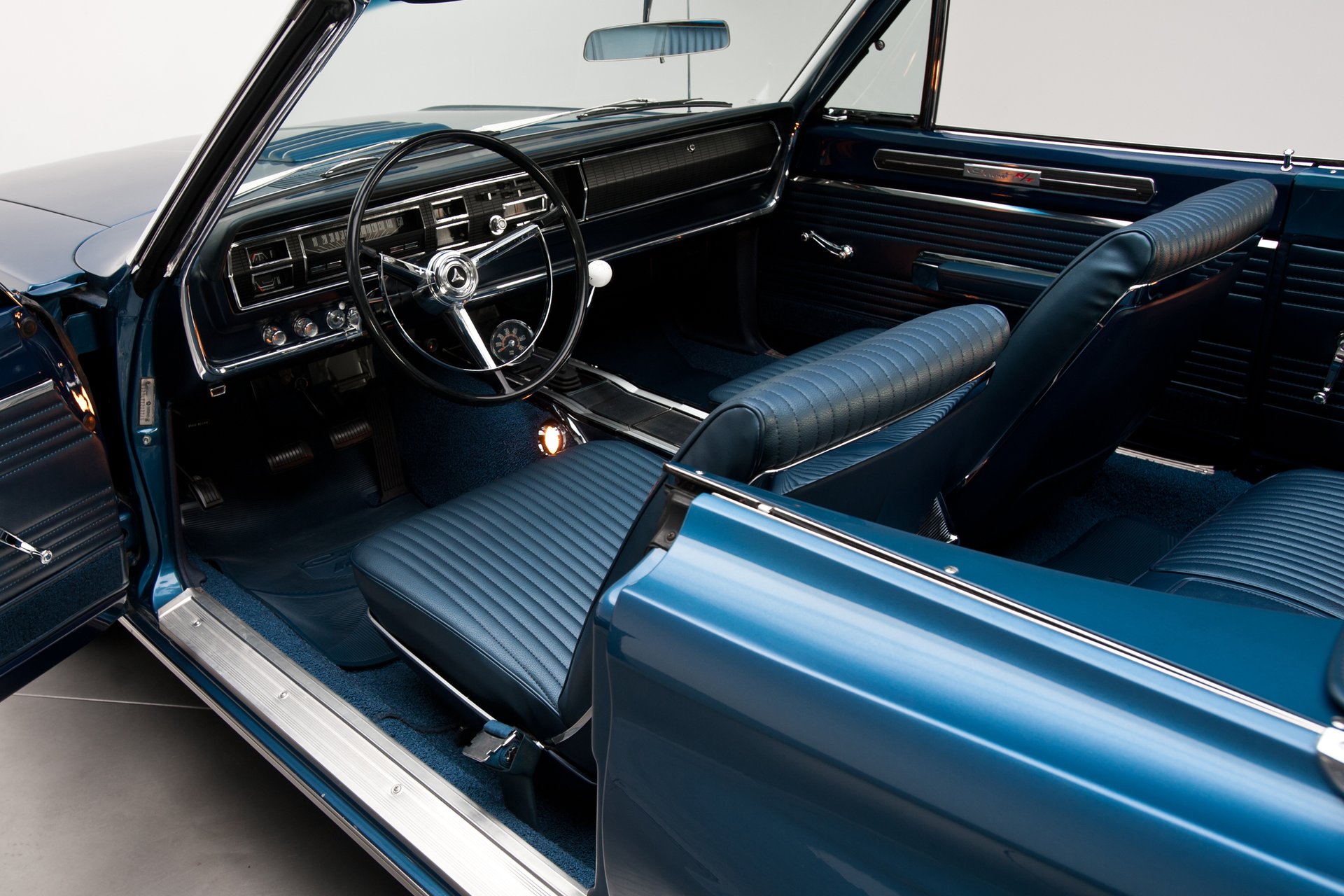
The Dodge Coronet was the first Dodge to wear the R/T badge…which was coined by a Dodge product manager to challenge the GTOs and other power cars of the day. R/T stood for “road and track.” In 1967, Dodge expanded the Coronet lineup, adding the new R/T to the existing Deluxe and 400 and 500 Series. The 500s were built for style—the new R/T for performance. The Coronet was seen in the class of the Ford Mustang and Fairlane, plus there was the Chevy SS Malibu to contend with. Its primary target audiences were consumers who might be looking at Ford Fairlanes and Pontiac GTOs. Advertising for the R/T said the hot new Coronet was a “dual purpose machine”—as sweet as can be on the road and as hot as you want on the track.
The 1967 Dodge Coronet R/T had more power, thanks to new cylinder heads that allowed “improved breathing.” The R/T convertible came with the 440 CID “Magnum” V8, along with a single Carter® four-barrel carburetor, dual exhausts and Chrysler’s TorqueFlite transmission. The engine delivered 375 horsepower at 4600 rpm and 490 pound-feet of torque at 3200 rpm. On the exterior, it came with a stylish hood with a centered air scoop. The R/T 440 Magnum came with better tires, heavy-duty shocks and torsion bar, as well as heavy-duty brakes. Only 627 of the 10,181 Coronet R/Ts rolled out in 1967 were convertibles.
A 1967 Dodge Coronet R/T 440 Magnum convertible had a sticker price of $3,438.
1968 Ford Mustang Shelby GT500.
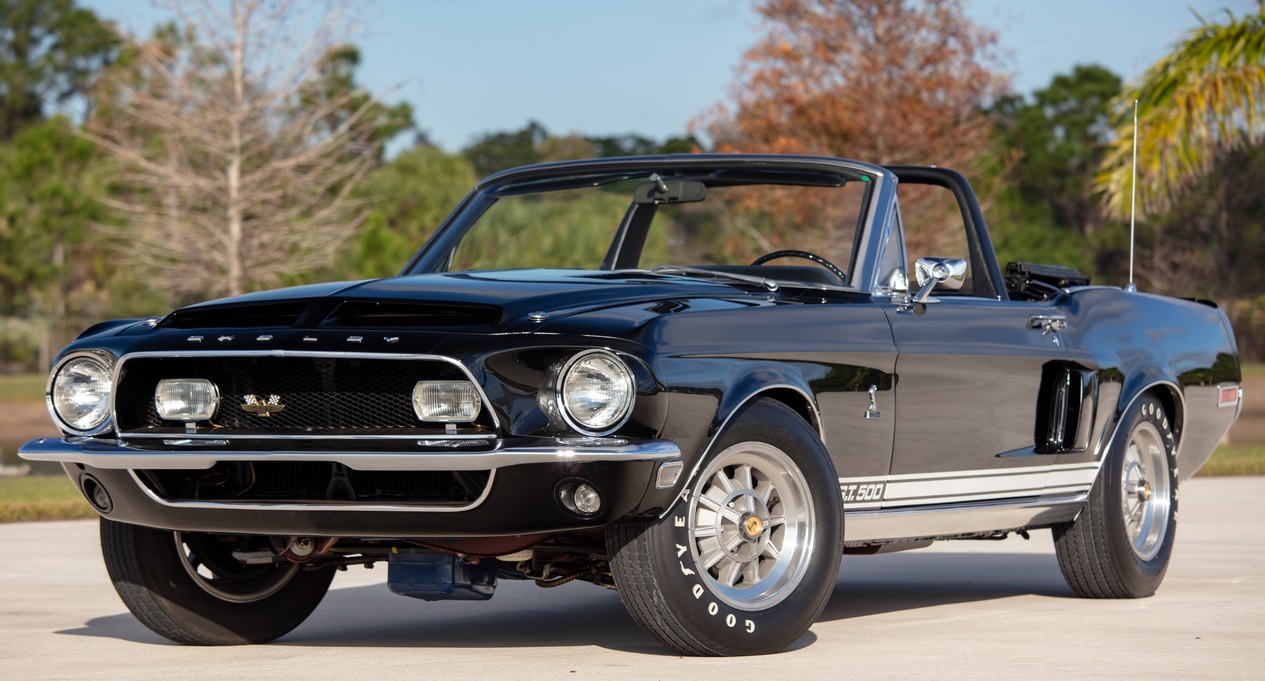
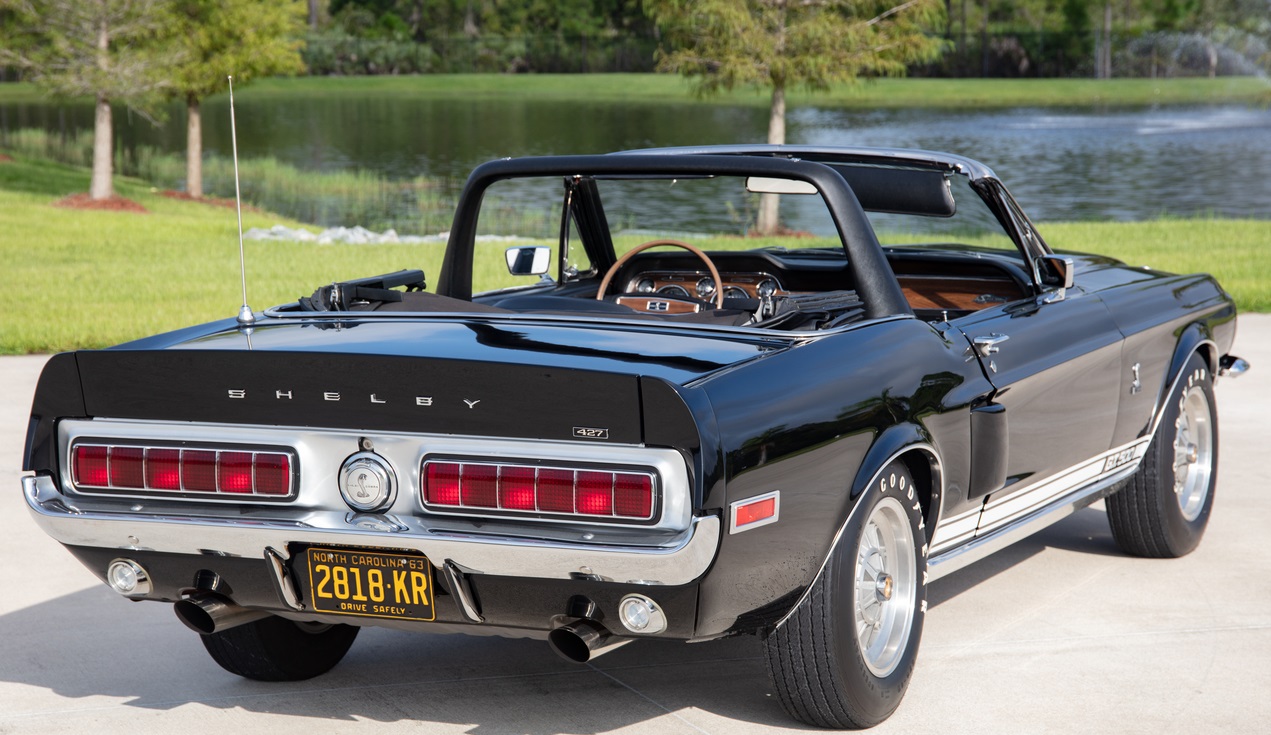
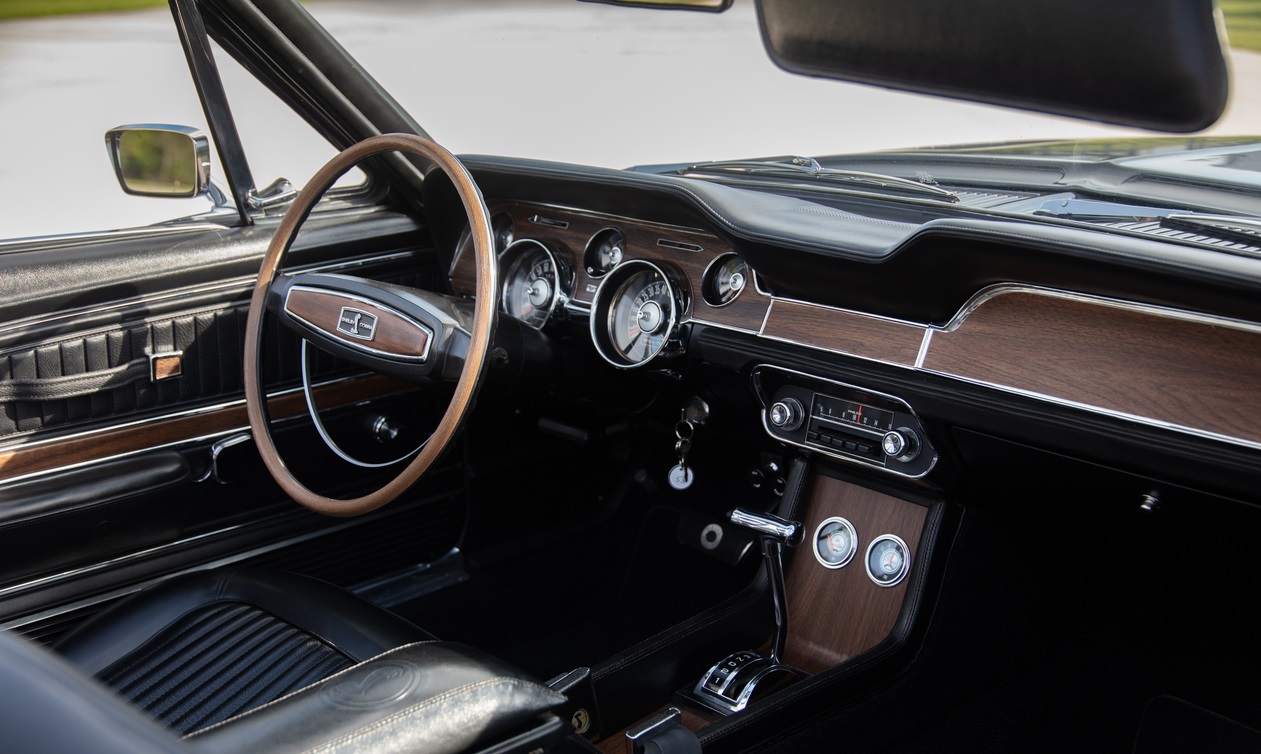
On January 27, 1965, the first Shelby® Mustang—a 1965 Shelby GT350—made its public debut. The car was an instant hit at the track. Shelby’s California facility at the Los Angeles airport began churning out a couple hundred street-version GT350s a month. Following on the success of the Shelby GT350 Mustang, Shelby American introduced an even more potent version for the 1967 model year, dubbed the GT500. Under the hood for the 1968 version lurked a 428-cubic-inch “Police Interceptor” V8 engine. For 1968, Ford equipped the Shelby Mustang with a single four-barrel Holley® carburetor on an aluminum intake manifold. This Mustang reportedly (though not officially) put out 360 horsepower at 5400 rpm and 445 pound-feet of torque at 3400 rpm—that was the engine that defined the GT500.
A historian on Mustangs had said, “The quick, cheap solution for tire-melting performance was to slip a big-block engine under the hood.” The 1968 GT500 was a different-looking Mustang, with a reshaped nose and tail, a functional hood scoop and exaggerated side scoops, and Shelby buyers could choose from either a four-speed manual transmission or a three-speed automatic. The Shelby GT500 truly stood for Grand Touring. The driver got to drive a luxurious muscle car with air conditioning, AM radio, power brakes, power steering, a thin tilting steering wheel and a power top. At some point in 1968, Ford offered the Shelby Mustang with the 428 Cobra Jet® engine—the GT500KR. KR stood for “King of the Road.”
In 1968, a new Ford Shelby Mustang GT500 would run you $4,439.
1969 Pontiac GTO Judge 400 Ram Air III.
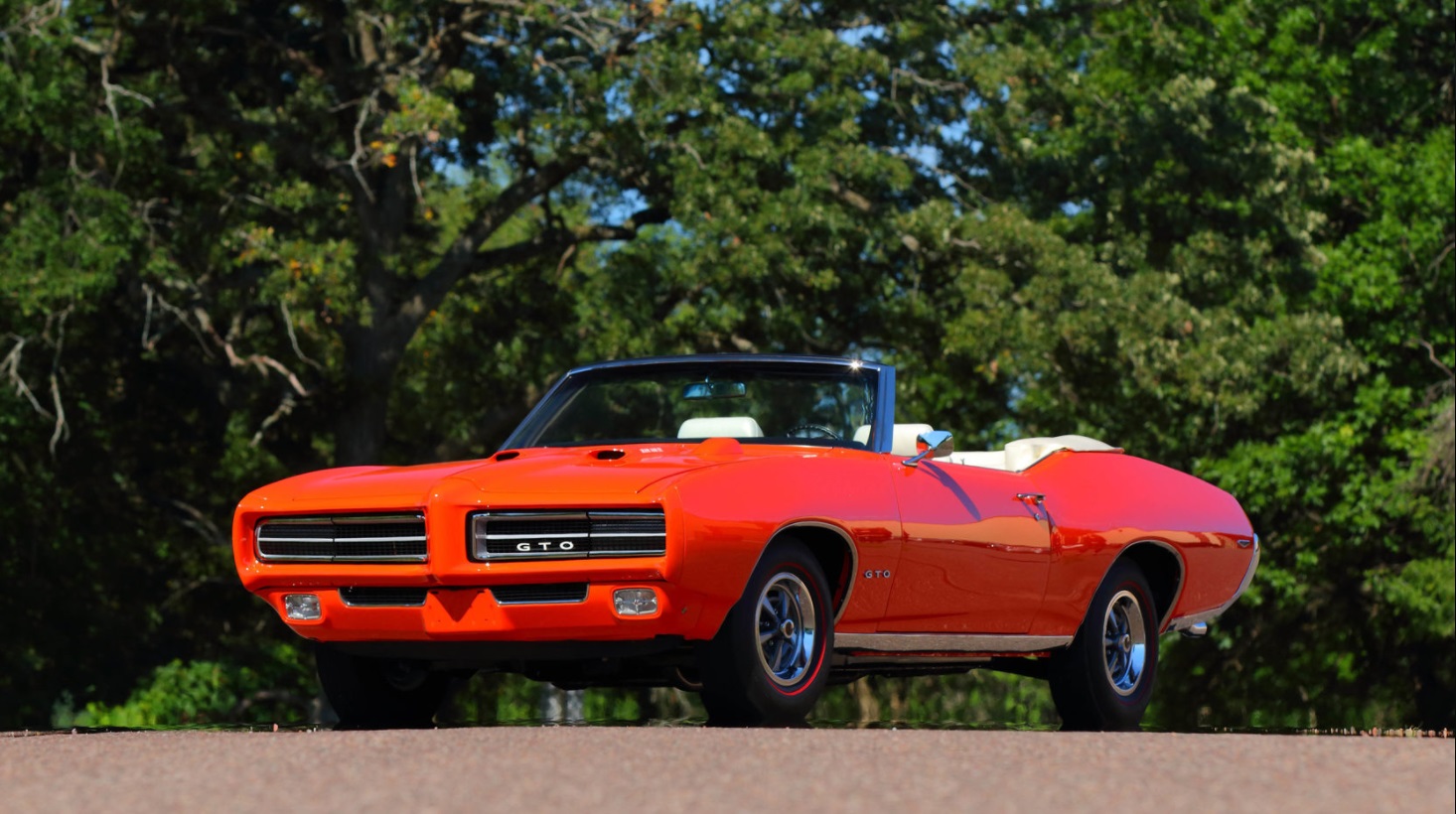
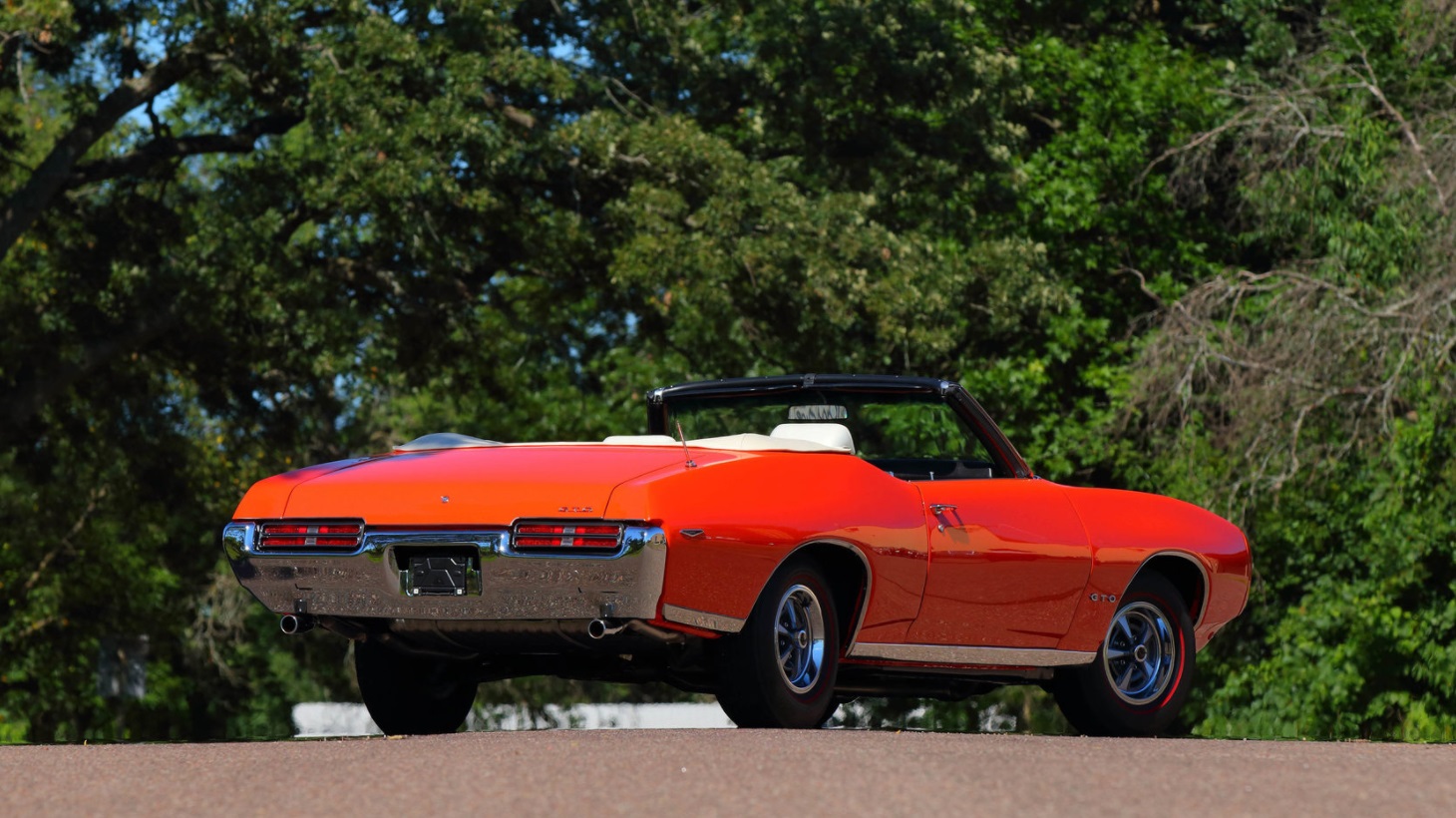

It wasn’t until 1966 that the “Tempest GTO” received its own identity…it had been a Tempest LeMans option till then. At Pontiac, engine modifications were as common as body modifications, such as the “Coke-bottle” stylings of the concave midsection. 1969 brought new engine designations. One of them centered around a new Ram Air induction system through triple Rochester® carburetors—called the Ram Air (RA). It delivered up to 366 horsepower at 5400 rpm and 424 pound-feet of torque at 3800 rpm. Everything was primed for something new and exciting as 1969 approached. In December of ’68, Pontiac marketing introduced a bold GTO option for the time—they named it “The Judge.”
The name came from a skit from the top comedy variety show of the day, called Laugh-In. The Judge was played by the famous entertainer, Sammy Davis Jr. “Here comes the Judge!” was a phrase all of America knew. Like the car itself, The Judge took off. The public, Pontiac fans and street racers respected The Judge, and it became the ultimate powerful street machine that fueled the new performance image for Pontiac. The marketing appealed to a hip, young audience, and the GTO Judge was the king of the street. The pricing was right because it was only around $300 more than the base GTO. Pontiac rolled out 6,700 hardtops…but only 108 1969 Ram Air III and Ram Air IV convertibles with The Judge option.
A new 1969 Pontiac GTO Judge 400 Ram Air III convertible would’ve set you back a total of $3,720.
Resources: “Wide-Open Muscle: “The Rarest Muscle Car Convertibles”: Leffingwell and Loeser. Crestline, 2016; hagerty.com/media/buying-and-selling/1969-pontiac-gto-judge-ram-air-iv; mecum.com/lots/1969-pontiac-gto-judge-ram-air-iv; motorauthority.com/news/1968-shelby-gt500; automobilemag.com/news/golden-1968-mustang-gt500; classiccars.com/listings/1968-shelby-gt500; en.wikipedia.com; horsepowermemories.com/1967-dodge-coronet-rt
